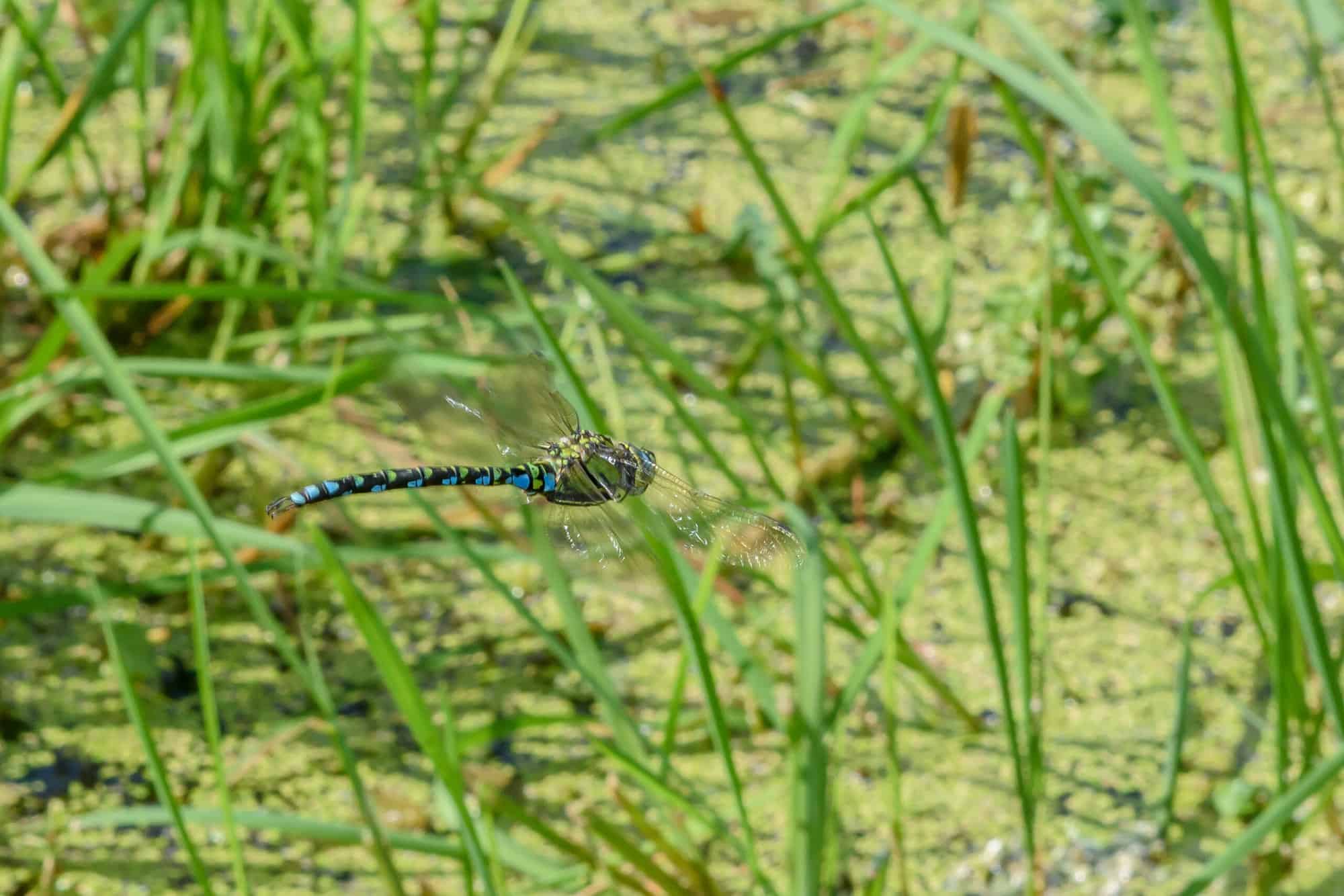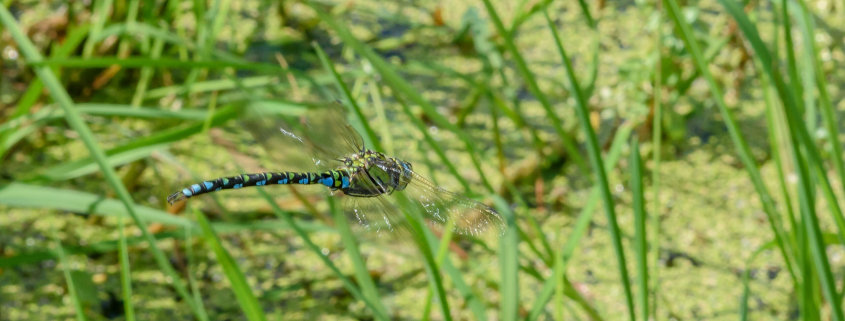September in the Forest
September in the Forest
The pools and streams of the forest are its lifelines. During this summer’s droughts the water in them has dwindled to shockingly low levels and the water table has dropped so far that there has not been enough moisture in the soil to support all of the plant life which depends on it. Some of the little trees planted in recent winters have succumbed and even well-established trees have lost branches or even fallen entirely. Everywhere you can see premature signs of autumn: leaves changing colour and dropping. It has been noticeable too that some plants have stopped flowering early to conserve moisture and that many forest rides have recently been empty of the butterflies which should have been feeding on bramble flowers.
Fortunately the farm pond has hung on, though with a much-reduced level and some very green water! The water boatmen were as numerous and active as ever, hunting their prey from under the air-water interface and hanging upside down to breathe air through their abdomens.
Dragonflies have been frequent visitors. There are two species that visit to hunt smaller flying prey and court their mates. The earliest to appear in the summer is the Broad-bodied libellula: the male with a broad blue abdomen, the female brown. The larger and faster Southern Hawker dragonfly is often a slightly later arrival but one which one can’t fail to notice. The male has a beautiful green and blue body, as you can see in the photo, and will charge up and down the pond with wings going full tilt. If another male or another species is around there will be an aerial altercation. The female’s arrival will bring the male immediately to join her in flight. During mating (usually on a handy lily leaf) the male grasps the female with his tail just behind her head, and they will often fly off joined in that way while the female dips her tail in the water to lay her eggs on water plants.
The season could bring a good crop of mushrooms and toadstools. I say this because a period of heavy rain after dry weather usually stimulates the growth of the variously-shaped and coloured fruiting bodies which we see on the forest floor and out in the meadows. The greater part of the organism consists of a network of fungal threads called hyphae growing through the soil, dead wood and leaves (and often visible if you turn over a rotting log or clump of dead leaves). It remains to be seen whether the prolonged drought has had a detrimental effect on their growth but the fungi, like the rest of the natural world, are remarkably tenacious and will recover quickly if conditions are right.
Linda Iles





